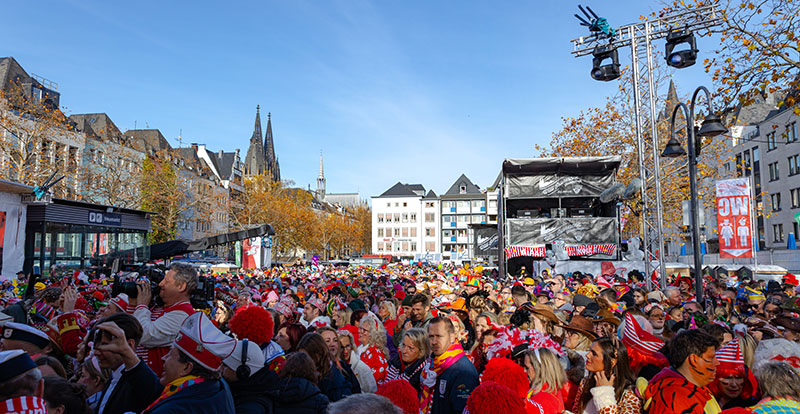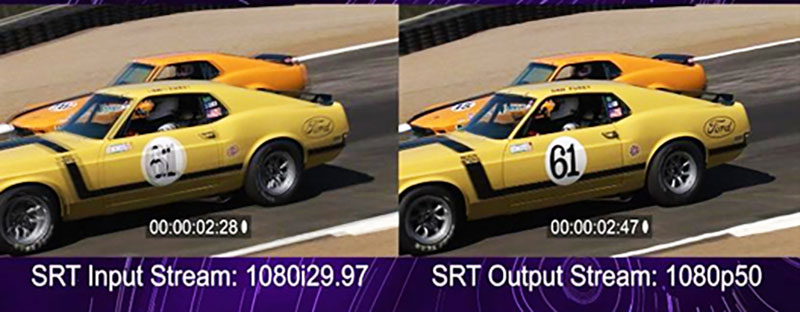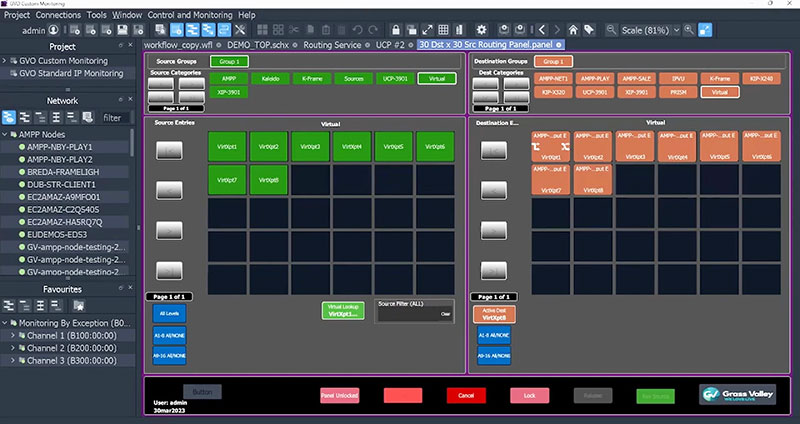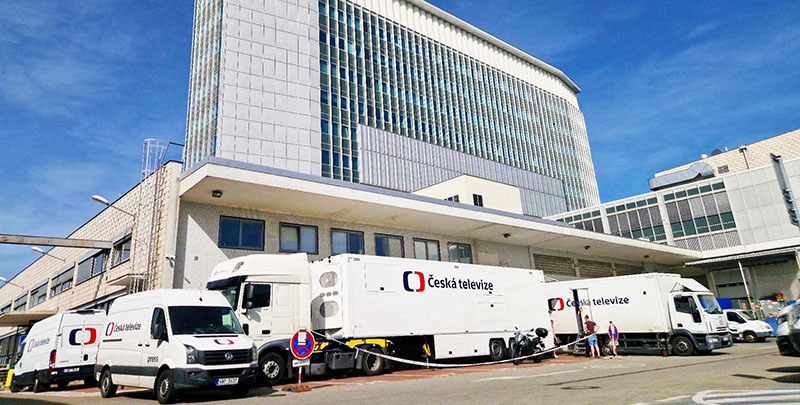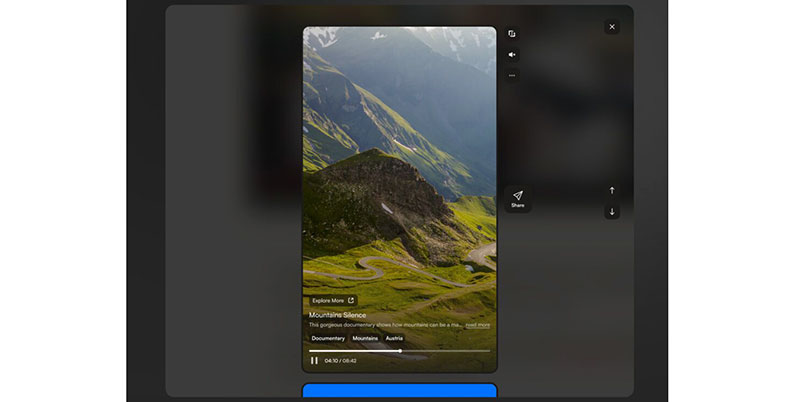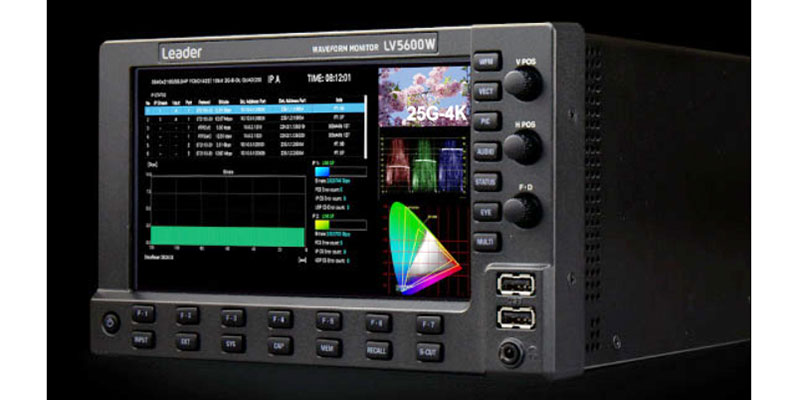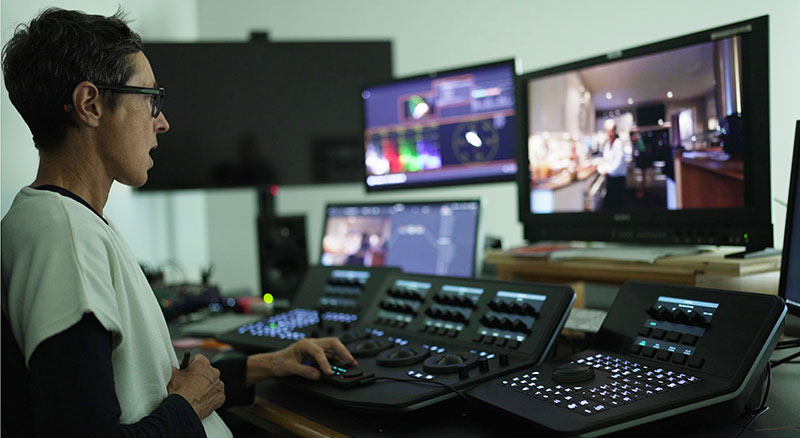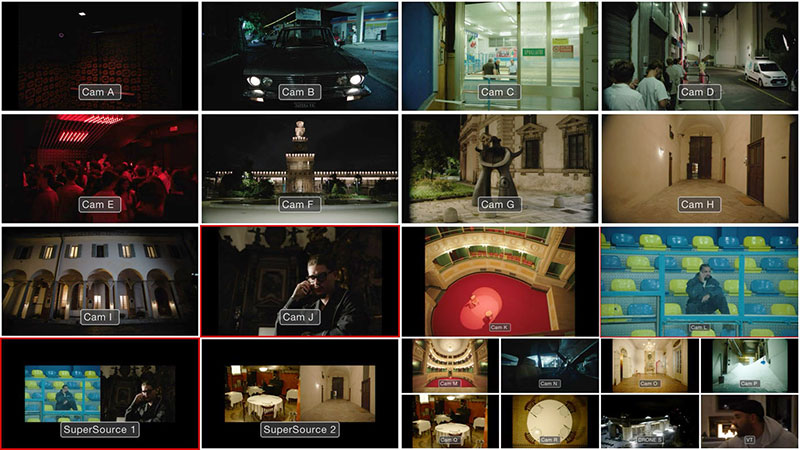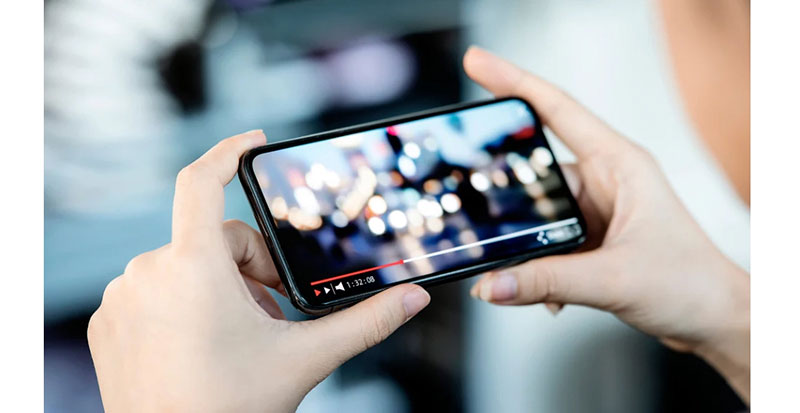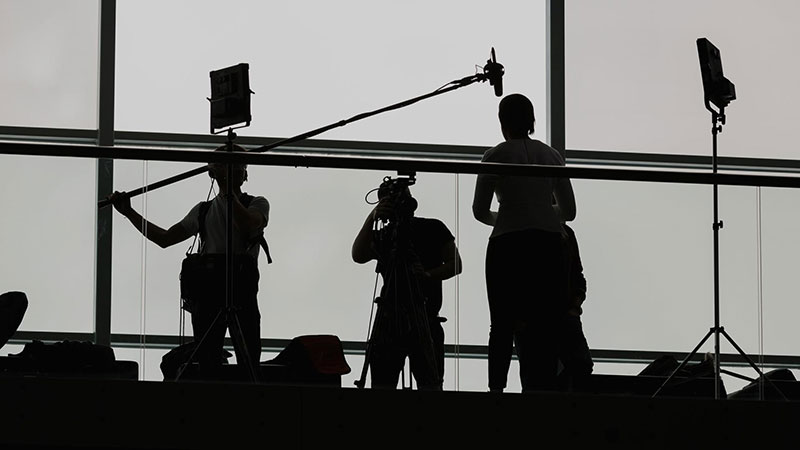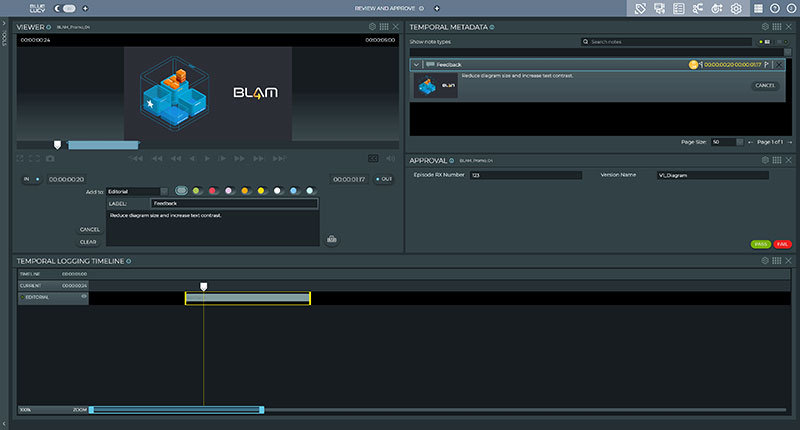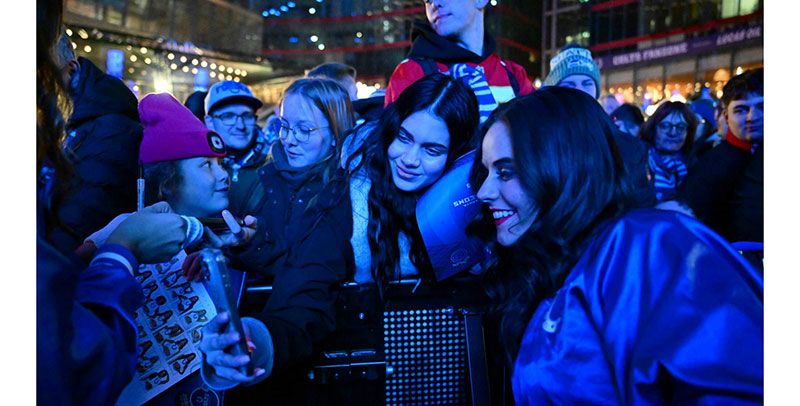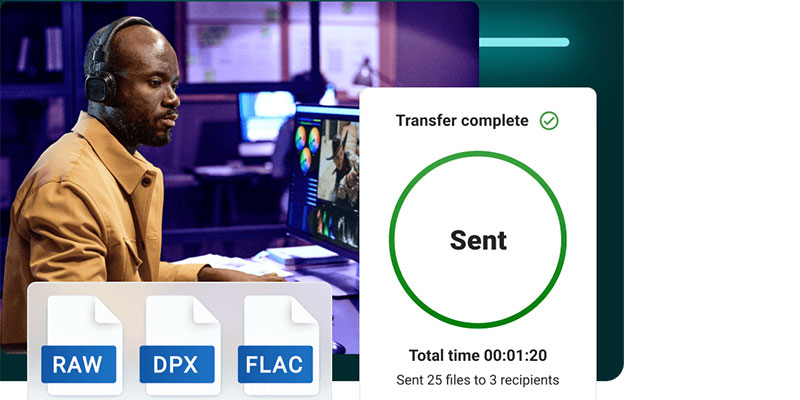Live camera feeds from inside rally cars equipped with Dejero transmitters delivered driver POVs to a broadcast production hub where Dejero WayPoint receivers reconstructed the video.
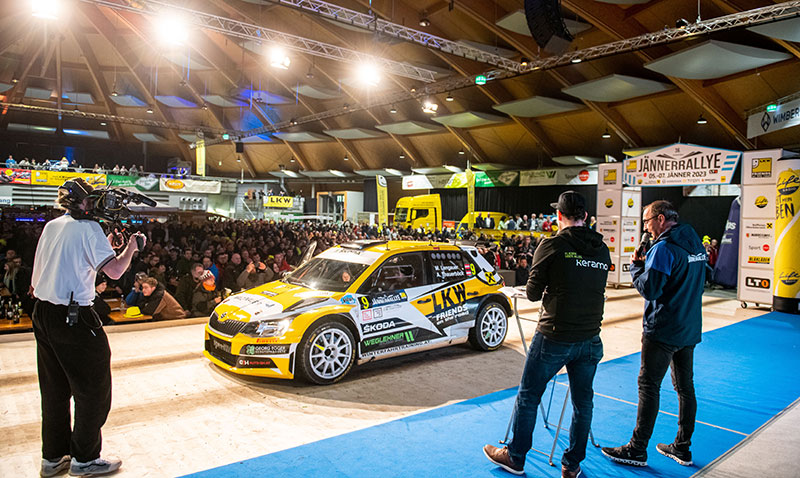
The 36th international Jännerrallye, a rally racing event held in northern Austria, 5-7 January 2023, marks the first time bonded cellular connectivity alone was used to transmit live in-vehicle camera feeds from multiple rally cars. As the competitors raced through rural locations, the signals were delivered to a national TV broadcaster.
“In the forests and mountains of Freistadt, it is incredibly challenging to find a consistent or stable enough signal to be able to broadcast high quality video that is crisp enough for a national TV network,” said Christian Birklbauer, Chairman, Rallye Club Mühviertel, and lead organiser of Jännerrally.
“But, with a lot of determination and after conducting successful tests with Dejero transmitters over bonded cellular – blending multiple networks from different carriers – we were able to convince people, including Austria’s national broadcaster, that we could live-produce spectacular picture quality even from the inside the rally cars, on very rough terrain, in a very isolated area.”
Three Rally Cars
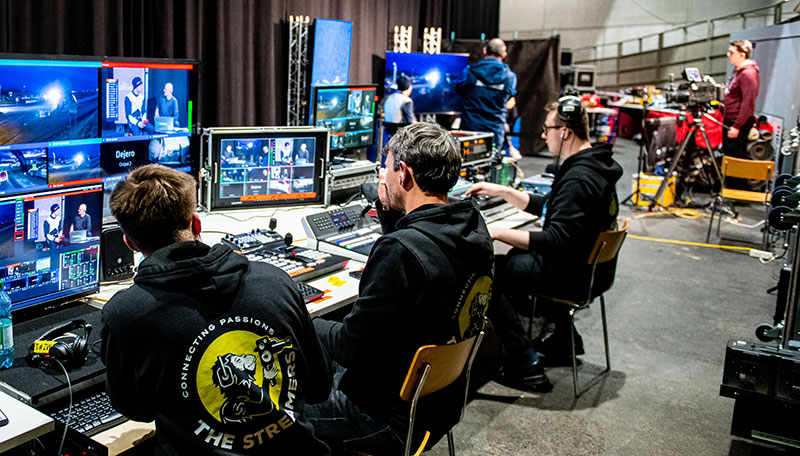
Three rally cars were equipped with Dejero EnGo 265 mobile video transmitters for the three-day event; two EnGos were placed at various start and finish lines, and a further EnGo was connected to a drone. The live camera feeds were transmitted by the Dejero devices over bonded cellular connections, back to a production hub equipped by local technical AV specialist Professional AV in the Messehalle Freistadt convention centre.
Two Dejero WayPoint receivers reconstructed the feeds, decoded the HEVC and then outputted them for broadcast to television and streaming channels. Each receiver was fitted with four ports, which the production team managed and used to switch up to eight streams simultaneously.
The EnGo transmitters in the cars, transmitting camera feeds capturing the drivers’ POVs, were secured into Dejero’s vehicle antenna docks, and connected to roof top antennas to boost cellular reception.
Extreme Transmission
“Being able to transmit signals from the harsh, fast-paced environment where network coverage is limited is one thing, but achieving this through the car chassis, where the EnGos are literally encased in metal, is something special. It’s quite phenomenal just how the signals can move so rapidly from one mast, transmitter and pole to another,” said Christian.
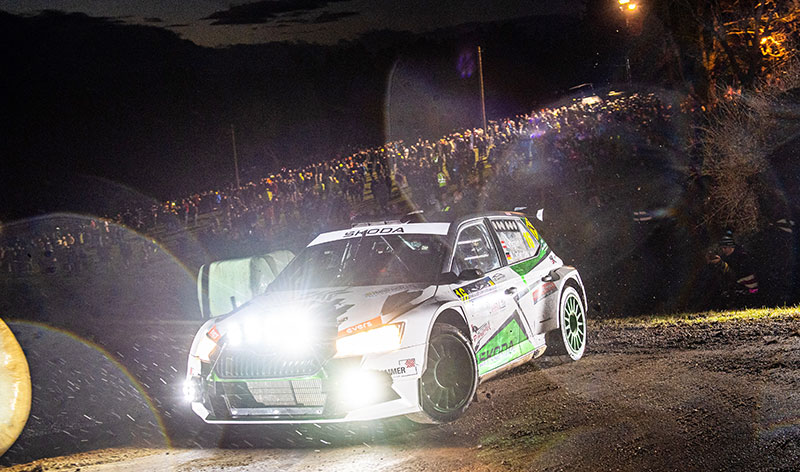
The transmission devices feature Dejero’s Smart Blending Technology, which aggregates multiple IP connections – in the case of Jännerrallye, the EnGos used SIM cards for three Austrian networks. The result is high-speed, reliable internet connectivity, which allowed Jännerrally to transmit broadcast-quality live video while reducing production logistics costs.
Before implementing connectivity from Dejero, Jännerrally were streaming live feeds only to their fans online. The new workflow and the support from Dejero and Professional AV gave them the confidence to make the leap to live broadcasting on a national TV channel.
“If you look at the World & European Rally Championship, such a big budget, live production will commission aeroplanes, helicopters and flying relay stations, using radio frequencies to establish a signal for transmission. Our remote production workflow represents a substantial saving on those costs, and we can be more mobile around the location, moving the start and finish line cameras depending on the race routes,” Christian said.
Cloud-based Device Management
Dejero Control cloud-based device management, monitoring and reporting service was also implemented in the workflow. With Control, technicians from the production company, Streamers Austria, could adjust settings and troubleshoot from the broadcast facility so that field crews could focus purely on capturing the content.
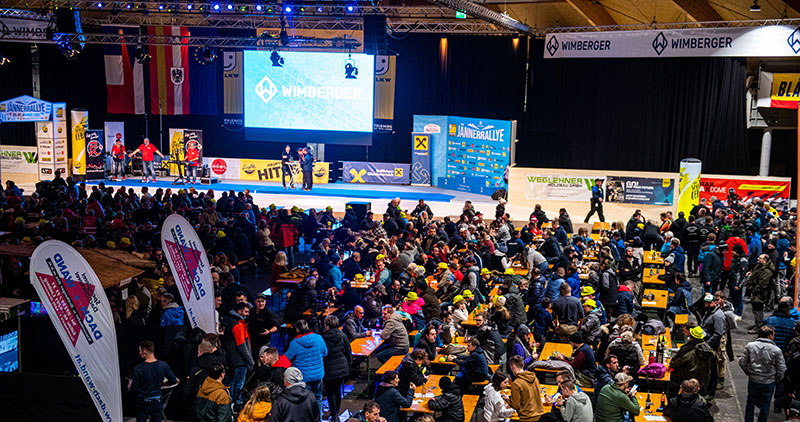
However, Christian was pleased - and surprised - to report that there were no issues to troubleshoot; “In my experience of live production – you are more or less finding one problem after another and anticipating certain issues, but with Dejero’s support team and equipment, issues did not arise.”
Dejero EnGo transmitters are built with aircraft-grade aluminium in a lightweight, strong monocoque construction, as well as polycarbonate ABS bumpers for additional protection. This makes the transmitter tough enough for in-vehicle applications like rally car racing. Christian is optimistic that the workflow developed for Jännerrallye 2023 will open opportunities for the broadcast and streaming of rally car racing in the future. www.dejero.com





